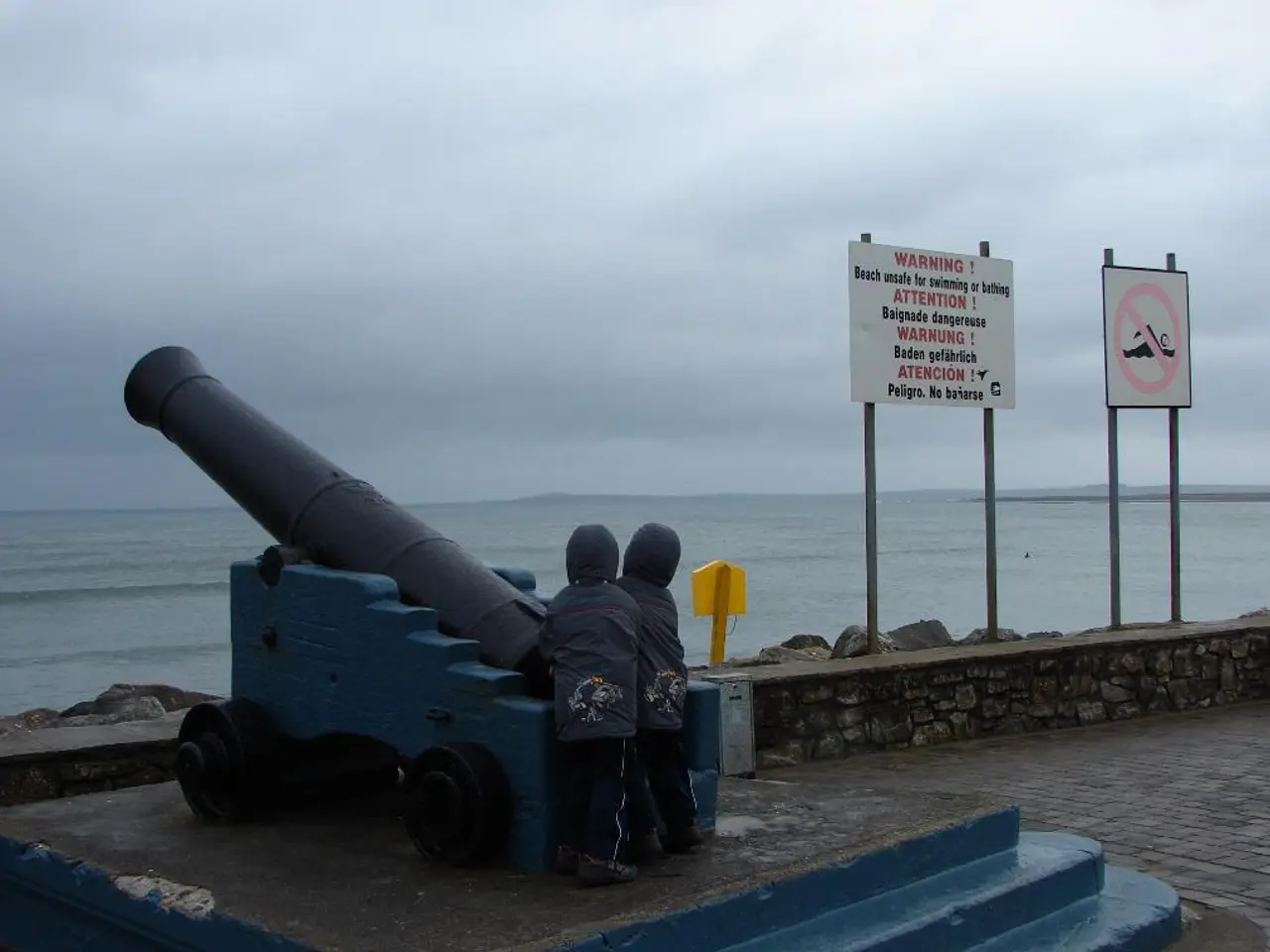The United States Space Command: An Overview and Its Significance
The United States Space Command (USSPACECOM) was re-established on August 29, 2019, marking a significant milestone in the defence of the nation's interests in the space domain. The command's operational activities began shortly thereafter, coordinating space operations across the U.S. military.
A Response to a Changing Space Environment
The re-establishment of USSPACECOM was a reaction to a fundamental change in the character of the space domain. The once tranquil environment has become congested, contested, and competitive, necessitating a dedicated command to manage and protect U.S. assets in space.
The Importance of Space-Based Utilities
One of the key assets under USSPACECOM's purview is the Global Positioning System (GPS), a space-based utility that provides precise Positioning, Navigation, and Timing (PNT) information. GPS enables precise navigation of troops, ships, and aircraft; guides smart bombs and cruise missiles to their targets with pinpoint accuracy; and provides the common timing standard needed to synchronize complex, high-speed operations across a battlefield.
The Role of USSPACECOM
USSPACECOM is responsible for a suite of sophisticated capabilities that provide foundational support to the entire U.S. military and its allies. These capabilities include space domain awareness, satellite communications, positioning, navigation, and timing, and missile warning and defense. The command's mission is to plan and execute military operations in, from, and to space to deter conflict, defend national interests, and, if necessary, defeat aggression.
Data Fusion and Space Situational Awareness
Data from this entire network is fused at the Combined Space Operations Center at Vandenberg Space Force Base, California, to maintain a comprehensive catalog of all known space objects. This catalog enables collision avoidance for all space operators, ensuring the safety and efficiency of operations in the increasingly crowded space environment.
Counterspace Threats
China and Russia are actively fielding a range of counterspace systems, including kinetic anti-satellite (ASAT) weapons, co-orbital threats, electronic warfare, directed energy weapons, and cyber attacks. These threats pose a significant risk to U.S. assets in space and require constant vigilance and robust countermeasures.
Strategic Missile Warning and Defence
One of USSPACECOM's most solemn and no-fail missions is providing strategic missile warning, detecting the launch of ballistic missiles anywhere in the world and providing timely notification to the President and other national leaders. The command's missile warning mission is accomplished through a sophisticated, multi-layered system of space-based detection, ground-based tracking, and command and control.
Partnerships and International Cooperation
USSPACECOM's partnerships extend beyond data sharing, with joint exercises like Global Sentinel providing an opportunity for space operators from dozens of nations to work together and practice commanding and controlling a global network of sensors. These partnerships strengthen deterrence and enhance the command's own capabilities.
The Future of USSPACECOM
The command's future will be shaped by the accelerating pace of technological change and the enduring reality of strategic competition. Several technological frontiers define the future operating environment, including artificial intelligence and machine learning, proliferated LEO constellations, on-orbit servicing and logistics, and expanding the Area of Responsibility (AOR) to include cislunar space.
In the face of these challenges, USSPACECOM remains steadfast in its mission to conduct "dynamic, partnered, and integrated space operations," with the core mission of deterring conflict and maintaining a combat-credible force that can deny a potential adversary any perceived benefit from initiating hostilities in space.
Read also:
- visionary women of WearCheck spearheading technological advancements and catalyzing transformations
- Recognition of Exceptional Patient Care: Top Staff Honored by Medical Center Board
- A continuous command instructing an entity to halts all actions, repeated numerous times.
- Oxidative Stress in Sperm Abnormalities: Impact of Reactive Oxygen Species (ROS) on Sperm Harm








